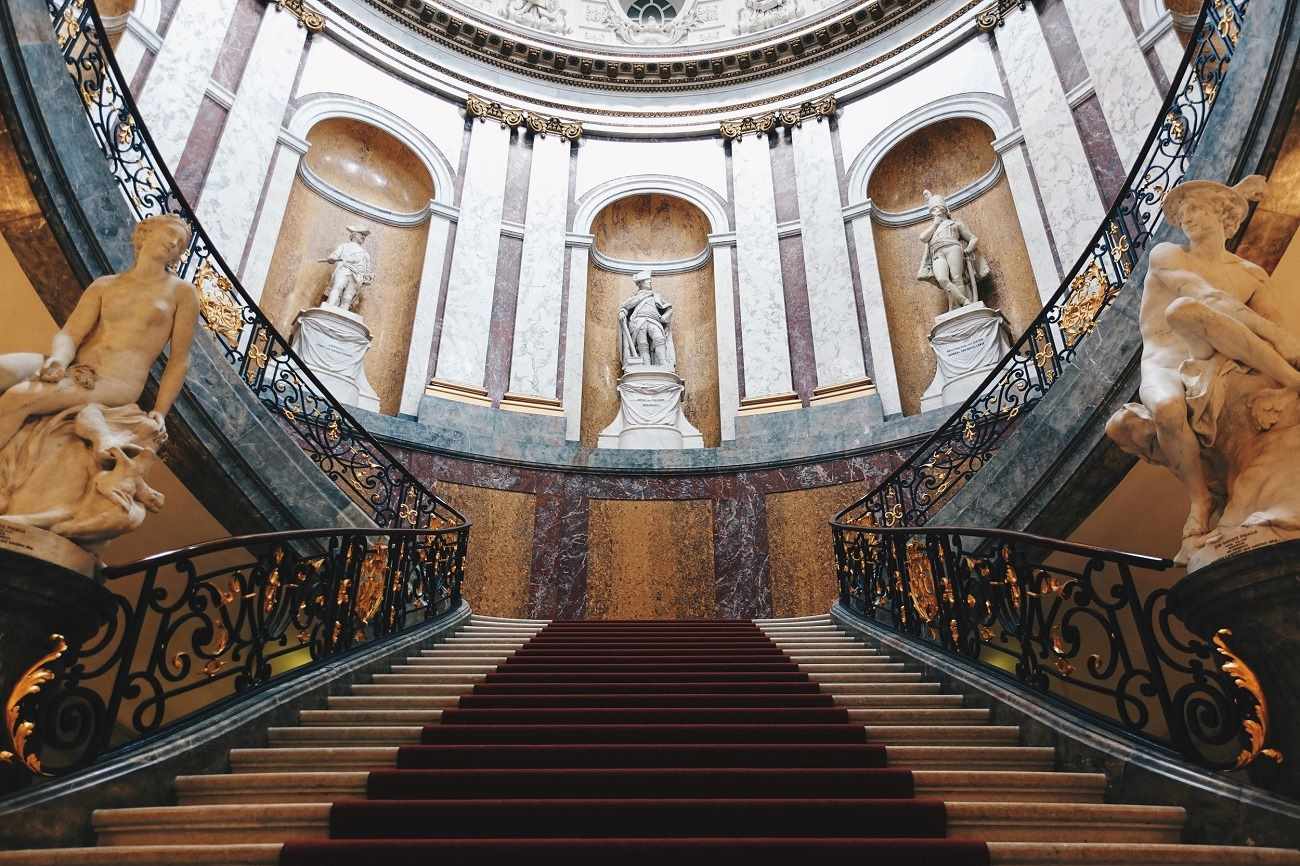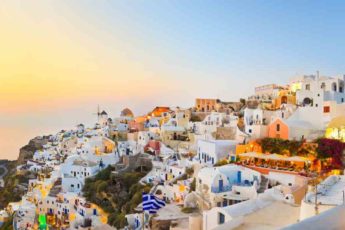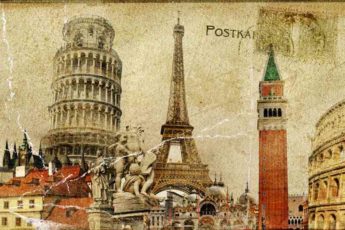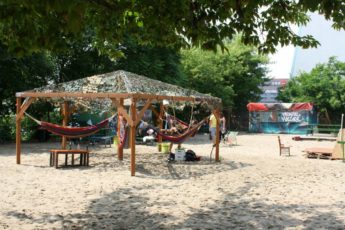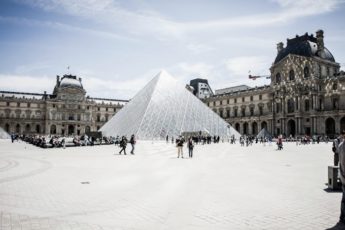Anchoring the northern tip of Museumsinsel lies the magnificent palatial structure of the Bode Museum. The first of its kind to ever present paintings and sculptures together The Bode Museum boasts a comprehensive collection of gorgeous treasures, European sculptures, and paintings.
The Baroque edifice, opened in 1904, was the fourth to be built on Berlin’s Museum Island and is known to contain some of Berlin’s most priceless masterpieces by some of its most renowned artists. T
Think gorgeous Byzantine art, a precious coin collection, and a collection of sculptures all housed into a museum showplace.
The smattering of late-antique interiors, sculptures dating from the Gothic to the Neoclassical periods and a lot more make it one of the top museums in Berlin, albeit remarkably overlooked.
A little bit of history.
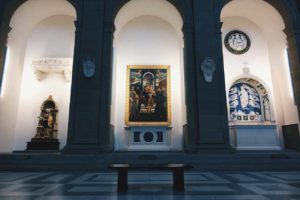
The building was completed in 1904 and wasn’t formally known as the Bode Museum yet. It was only intended as a museum that was made specifically for European Renaissance art and was named after the king of Prussia.
It was designed by the famous architect Erns von Ihne in the reign of Emperor Wilhelm II. However, the museum actually got its name after being named after its first director – Wilhelm von Bode.
You will find the unique style of von Bode reflected unto the entirety of the museum today. Von Bode was the main strong advocate for the mixture of art collections and sculptures together (along with coins from different regions and cultures.)
A guide on what to see:
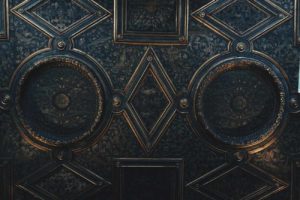
There are two main collections at the Bode Museum that you will be mainly be checking out: The Sculpture Collection and the Museum of Byzantine Art & The Coin Collection.
To get the full experience, you will need a lengthy visit to the Bode Museum, where you can get enough time to delve into all the collections of marbles, statues, paintings, mosaics, and coins.
Italian Renaissance Halls.
You will notice that the halls are lavishly decorated and are inspired mainly by Italian Renaissance and Baroque art. That is evident in the glazed terracottas found, the pieces of art by some of the top artists like Donatello and of course, works from different Gothic schools worldwide.
The Entrance.
As you enter the museum, keep an eye out on the status of Frederick Willian along with dozens of Prussian governors.
Three floors.
You’ll be met with three different floors filled to the brim with artwork. The most popular one is that of the sculptures.
- The ground floor: Beautifully illuminated from all sides, and is used to present all sculptures and paintings.
- This was completely against what was customary at the time but the impressive display of sculptures and paintings together was revolutionary to say the least.
Münzkabinett (The Coin Collection).
The Münzkabinett is one of the most impressive of its kind in the world. With a staggering half a million objects, you’re bound to spend at least an hour in awe over the sheer diversity of the collection.
Expect to find:
- 4000 Coins and medals.
- All forms of money from different regions.
- A presentation that will take you on a journey through the history of mankind in metal.
- You will find coins dating back to the 7th century BC.
The Sculptures.
Spell-binding isn’t enough of a word to describe the mesmerizing collection of sculptures by some of the top artists in the world. The Bode Museum contains one of the largest collections of ancient sculptures in the world.
The works of art range from the 3rd to the 15th century and originate from somewhere around the Mediterranean region. Notice how each work of art is surrounded by architectural elements that “heighten” the general impact of the artwork.
Some sculptures worth noting include:
- Donatello’s: Pazzi Madonna.
- Antonio Canova’s:
- Sculptures by Tilman Riemenschneider.
Online exhibition.
I recommend checking out the online interactive catalogue so you can learn more details about the collections. There are also a number of treasures not displayed in the museum that you can check out in the online display.
The best pieces of art:
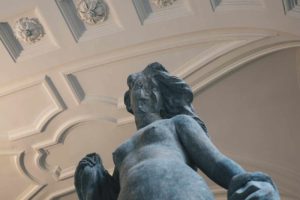
Flora Bust
This is the most controversial piece in the entire museum and is one of the most intriguing pieces of art due to the questions surrounding its origins.
Back in 1910, von Bode purchased this art piece from an unknown London gallery and claimed that it was a work of art by Leonardo da Vinci that was not yet recognized.
Of course, he couldn’t help but brag about such a great bargain (he originally bought it for a few pounds) and mentioned that it was funny how the British art world didn’t put any emphasis on this masterpiece by Da Vinci.
A while later and after multiple investigations, it turned out that the sculpture belonged to an English sculptor and was created in the year 1840.
Despite the mounting evidence (the 1840 date stuffed inside of the sculptor), von Bode still claimed that it was a Da Vinci masterpiece until he died.
Today, you will find it on display with “19th Century?” on it. A forever mystery. And an ode to the infamous Bode Museum Theft.
One God Exhibition
This is one of the most interesting exhibitions in the museum. In Egypt, the three Abrahamic faiths (Judaism, Christianity, and Islam) co-existed together for the longest of times.
This exhibition specifically takes a closer look at how people who followed each faith co-existed together, what their day to day lives looked like, and what archaeological findings supported these claims.
You’ll find over 150 objects showcasing the rich cultural heritage of Egypt, figures that consistently appeared in all 3 religions (like Daniel and Gabriel), and more displays explaining the role of architecture in Egypt’s history.
Thrace.
Thrace is an exploration of Western Turkey, Bulgaria, and Greece through its coinage.
The Bode Museum, with everything that it offers, is extremely underrated. Make sure you really take your time when examining the collections, and revel the journey that this museum will take you on.

